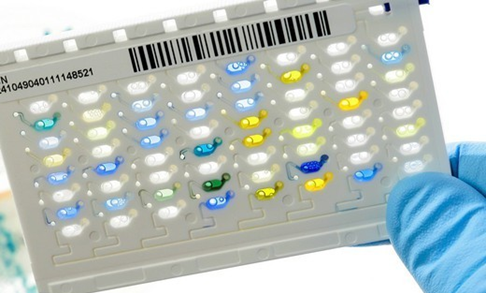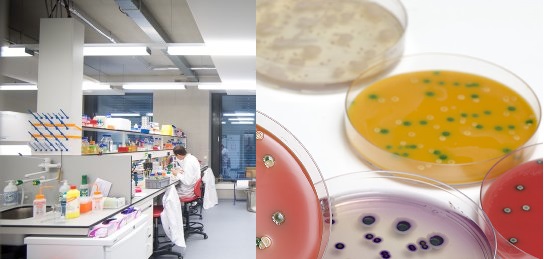STREAKING TECHNIQUE
Streaking is a microbiological technique that is used to obtain pure cultures of microorganisms (particularly bacteria) in the laboratory. It usually involves a series of drawing a loop (carrying an inoculum of the test organism or sample) back and forth on dried solid culture media. As the streaking of the microbe on the dried solid […]
STREAKING TECHNIQUE Read More »
Bacteriology, Microbe Lab, Techniques in Microbiology Lab









